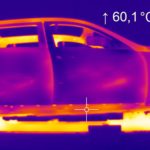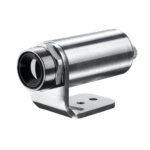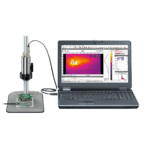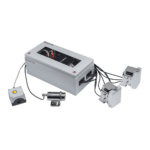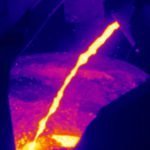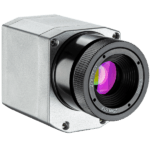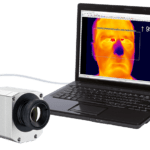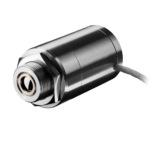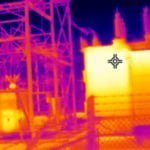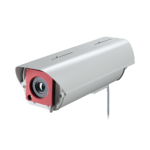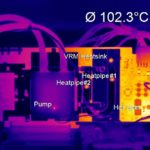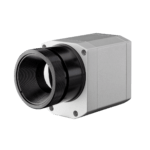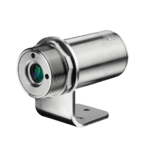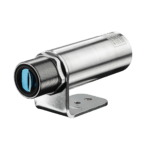Medical | Fever Screening Systems
Virus Containment
Viral epidemics like the current coronavirus (COVID-19) create a worldwide demand for fast and efficient infrared cameras able to screen for a fever condition in humans.
Our product portfolio comprises two infrared cameras dedicated to this application:
Xi 400 with T010 range (-20…100 °C)
PI 450i with T010 range (-20…100 °C)
The basis for the effectiveness of thermal cameras as a screening tool lies in the correlation of outside skin surface temperature with internal or core body temperature.
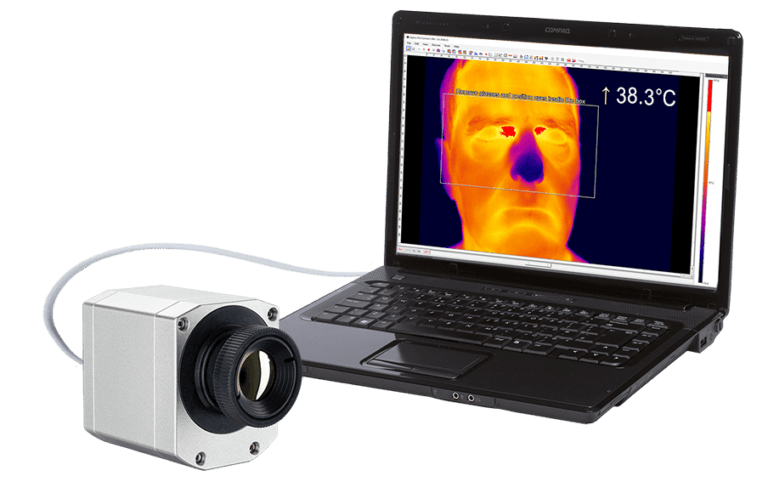
Crowd Based Fever Screening
The IR camera is monitoring a crowd of people at once or sequential. Assuming that the majority of the measured maximum head temperature values are coming from healthy individuals the exceptions with an elevated body temperature can be easily detected.
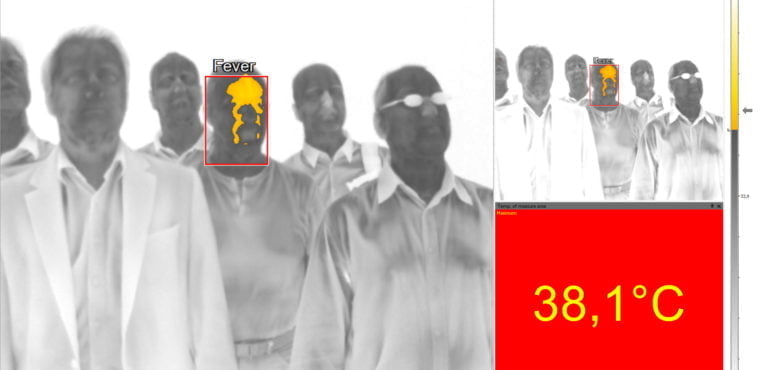
Individual Fever Screening
This method is mainly used at control gates or where crowd screening is not possible. The Medial Canthus (tear duct) provides the strongest correlation between outside skin temperature and core body temperature and is measured more precisely from a close distance. This method is also best for detecting low grade fevers.
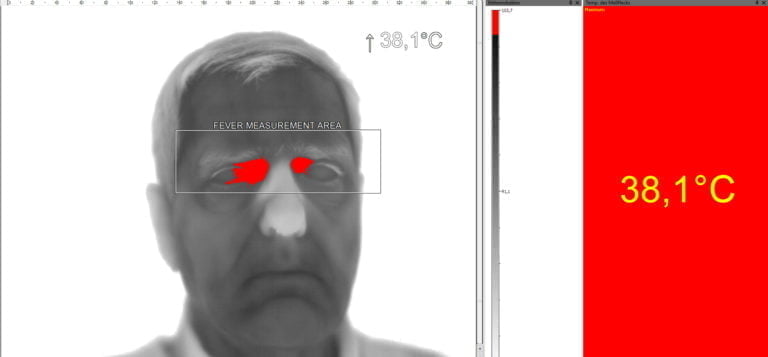
Absolute Temperature Measurement Accuracy
Most infrared cameras with 8-14 μm spectral response are specified with an accuracy of +/- 2 °C or 2 % of the reading based on deployments in industrial environments in a wide variety of ambient conditions from 0 °C to 50 °C.
Many infrared cameras with microbolometer sensors are promoted today with accuracies of +/- 0.5 °C or better. These accuracies cannot be achieved without the use of a black body reference source. The source needs to be stable, have high emissivity and positioned in the scene proximate to the subject to be scanned.

Enhanced Accuracy
Our BR 20AR ambient referencing source can be combined with our PI 450i T010. The black body is equipped with a 16 bit digital temperature sensor with +/- 0.1 °C accuracy. By integrating this highly accurate reference signal to our PIX Connect software, we can reduce camera uncertainties resulting from device adjustment, ambient temperature drift and short term stability down to a system accuracy of +/- 0.5 °C with a confidence interval of 95 %.
The real ability of an IR camera based screening system to detect subjects with fever lies more in the ability to discern which external face temperatures, as measured at the tear duct/ Medial canthus, are significantly higher than those in a given population exposed to similar ambient temperature conditions.

Deployment of an IR Camera for Best Results
- Use a camera with a spatial resolution of 382 x 288 pixels or better and with a NETD of 80 mK or better.
- Select the right optics using the Optris calculator. Check the Field of View (FOV) and Measurement Field of View (MFOV) which defines the smallest spot size that can be measured accurately.
- Set the emissivity for temperature measurement on human tissue to 0.98.
- Setting the temperature span for maximum contrast on face temperatures (typically from 23 °C to 40 °C) and applying color isotherms to highlight the hottest temperature on the human face makes it easy to see a subject with temperatures outside a normal range.
- The span and isotherm settings are depending on ambient temperature variations, so optimal setting is important. For differential thermography technique, measure tear duct temperatures of test subjects and set alarms for 1…2 °C above that average temperature making sure to adjust if ambient temperatures change.
- The PIX Connect software can be set to alarm audibly when a temperature inside the area tool exceeds a customer set threshold. This can be combined with automatic snapshots. Customers should set their own alarm threshold based on their degree of sensitivity to false negatives and positives and advice of medical professionals.
- Use the predefined layouts we provide with PIX Connect software for either crowd based or individual screening. The layouts can easily be adapted for local needs if necessary.
- The accuracy of the measurement can be increased to +/- 0.5 °C by using the optional BR 20AR ambient reference black body.
- Eyewear and sunglasses are opaque in the 8-14 μm infrared spectral range. Therefore they should be removed before the individual screening. Contact lenses need not be removed as these do not cover the tear duct.


Influences on External Skin Temperatures
- Medications including aspirin, acetaminophen/ paracetamol and ibuprofen or other antipyretics will reduce the human core and also skin temperature and make it impossible for screening a fever condition.
- The evaporative cooling effect from perspiration will decrease outside skin temperatures particularly when a subject is positioned below air flow vents.
- Subjects visibly perspiring will not deliver temperature measurements useful for fever screening with an IR camera or any remote infrared device.
- Vascular dilatation can occur after alcohol consumption increasing skin temperatures.
- High blood pressure, pregnancy and other physical conditions can also result in increased skin temperature.
- Influences from extremes in ambient temperature such as a long walk through a cold parking lot will impact measurements possibly masking a fever and reporting a false negative reading.
It is important to note that temperatures made on the outside of the body (even at the Medial Canthus) will not match core temperatures taken with a traditional oral thermometer.
This Might Interest You
Recommended Devices
Medical and Life Science Applications
Contact for Advice and Sales Worldwide
We offer comprehensive advice for your individual applications
Our experienced application engineers ensure competent and reliable customer service in the field. In addition, Optris works closely with numerous distribution partners worldwide.
International
Ferdinand-Buisson-Str. 14
13127 Berlin, Germany
Phone: +49 30 500 197-0
E-Mail: sales@optris.com
Internet: www.optris.com
Managing Director:
Dr.-Ing. Ulrich Kienitz

